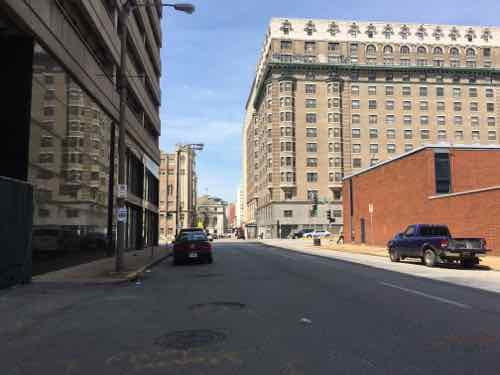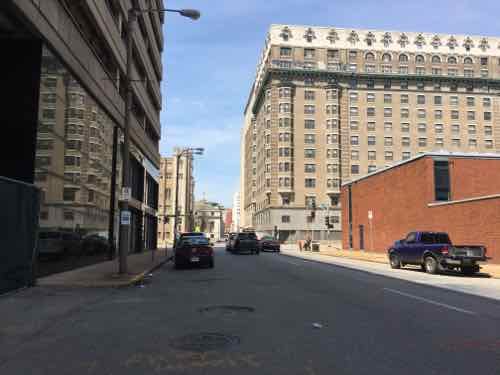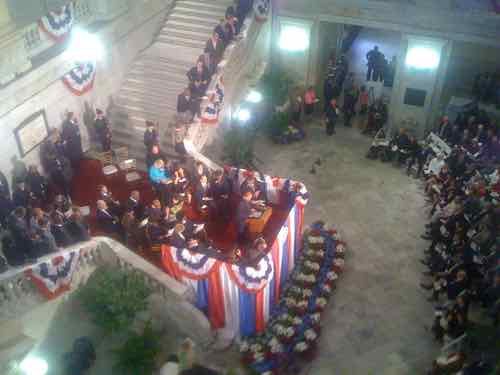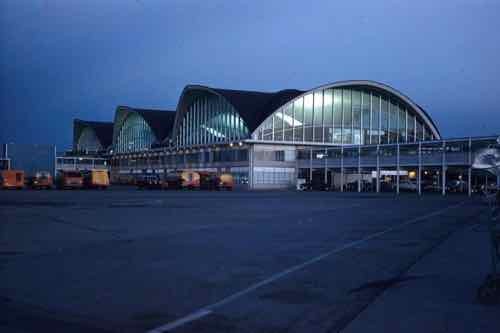Opinion: Turnstiles Are For Fare Collection, Not Public Safety
|
|
Many, including regional elected officials, letters to the editor, and others, are pushing the idea of turnstiles as a way to increase public safety on our MetroLink light rail system. Incredibly ill-informed because turnstiles, physical & virtual, are meant to combat fare-evasion.
Heavy rail systems like Chicago’s EL, the NYC subway, and DC’s Metro, have long had turnstiles to address fare evasion.They still have crime issues on trains & platforms. Turnstiles do not prevent crime.
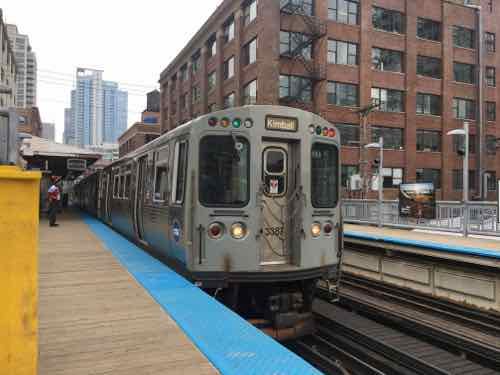
Light rail systems, like ours, have been proof-0f-payment systems. This significantly reduced initial costs and making the system more welcoming. Some closed systems are even removing their turnstiles to increase ridership:
By nixing fare gates, public transit agencies emphasize ease of access over making every last rider pay. Europe got into “proof of payment” systems—where wandering personnel request evidence you paid your way—in the 1960s. They made it to American shores, mostly in light rail systems, by the 1990s.
Now, 21st century tech is making it easier than ever to blow up the turnstile. Modernized, cash-free fare payment methods—like reloadable tap-and-go cards, or apps that let riders use smartphones to get tickets, Apple Pay-style—speed up boarding. Passengers don’t have to struggle past fare gates. They can board through any door, instead of pushing through a bus’s front entrance to pay the driver.
The result: Faster vehicles, less crowding, and thus more frequent service, leading (hopefully) to more riders overall. (Wired: Ignoring Fare Evaders Can Make Mass Transit Faster—And Richer)
Here Metro St. Louis has been updating stations with a high tech fare gate that will hopefully be ready soon.
In relative terms, the installation of turnstiles has a fixed investment cost, so the price increases linearly based on the number of stations in a system, not based on the number of riders or the length of a route. As a result, it makes more sense to install them in cities where each transit station handles a high number of users. (The Transport Politic: Are Turnstiles Worth Their Cost?)
The source above lists a number of cities and the cost to add turnstiles. In 2009 they estimated it would take St. Louis & Portland OR 45 years to break even on turnstiles, Charlotte NC was the only one higher at 50 years. The 2009 cost was $1.25 million per station — roughly $1.4 million per station in current dollars. With 37 stations in the system that’s $52 million! Entering & exiting the system would be more cumbersome for everyone — some paying riders would very likely stop riding. Many of the 4% that currently evade fares would struggle to get to work.
Turnstiles do not prevent crime, from May 2015:
The leading crime on the CTA, theft, was down 38 percent, from 514 thefts reported in the first four months of 2014 to 320 thefts during the same period this year. The decline comes on the heels of a 26 percent drop during all of 2014 compared with 2013, the Police Department reported. Last year saw the fewest serious crimes in the previous four years, according to police statistics.
Robberies, the second most common crime on CTA property, declined 20 percent through April of this year, to 92 reported incidents from 115 for the same time a year ago, police data show.
The data so far this year indicate on average four serious crimes a day on the CTA, which provides 1.6 million rides each weekday. (Chicago Tribune: Safety tips for riders as summer kicks transit crime into high gear)
From July 2016:
Some CTA riders are concerned after a recent spike in crime. Police issued a community alert warning of two men robbing people at gunpoint on CTA trains and at CTA stations. Surveillance photos of the suspects were released overnight. Police are also investigating a stabbing.
Police said the men showed a black handgun and used pepper spray on their victims. After taking their cell phones, wallets and cash, police said the suspects exited the train at the next stop or jumped over turnstiles as they ran from the stop. (ABC7 Chicago: CTA RIDERS ON ALERT AFTER RECENT ARMED ROBBERIES, STABBING)
Turnstiles do not prevent crime, from NYC:
A disgruntled straphanger waved a gun at an MTA worker because he was upset over service disruptions, cops said.
The irate passenger confronted the 44-year-old worker just before 12 p.m. Monday on a Brooklyn-bound A train, police said. (Fox News: Angry NYC subway rider pulls gun on worker over bad service)
Turnstiles do not prevent crime.
Metro’s planned 2015 fare gate system was to help reduce fare evasion:
When we roll out smart card technology next year, the lights on ticket validating machines will let you know if your Gateway Card has enough money stored on it to take Metro. In the future, if your smart card is not valid for travel, the light will flash red. The lights are being turned on for testing on the MetroLink system.
The Gateway Card will offer a more convenient, secure way for you to pay Metro transit fares. Instead of paper tickets or passes, the Gateway Card will contain a computer chip that stores Metro passes or cash value. The fare is automatically deducted when you tap your card on fare equipment each time you ride. (NextStop Blog: MetroLink Ticket Validator Machines Lighting Up)
Turnstiles physical & otherwise do not prevent crime. Their goal is to increase fare recovery without reducing ridership in the process. That’s it.
Sadly just over half of those who voted in the recent non-scientific Sunday Poll have bought into the notion that turnstiles can reduce crime:
Q: Agree or disagree: Adding turnstiles at MetroLink light rail stations will greatly improve public safety.
- Strongly agree 9 [13.04%]
- Agree 8 [11.59%]
- Somewhat agree 19 [27.54%]
- Neither agree or disagree 2 [2.9%]
- Somewhat disagree 6 [8.7%]
- Disagree 12 [17.39%]
- Strongly disagree 12 [17.39%]
- Unsure/No Answer 1 [1.45%]
Please don’t be fooled by the turnstile magic bullet.
— Steve Patterson
